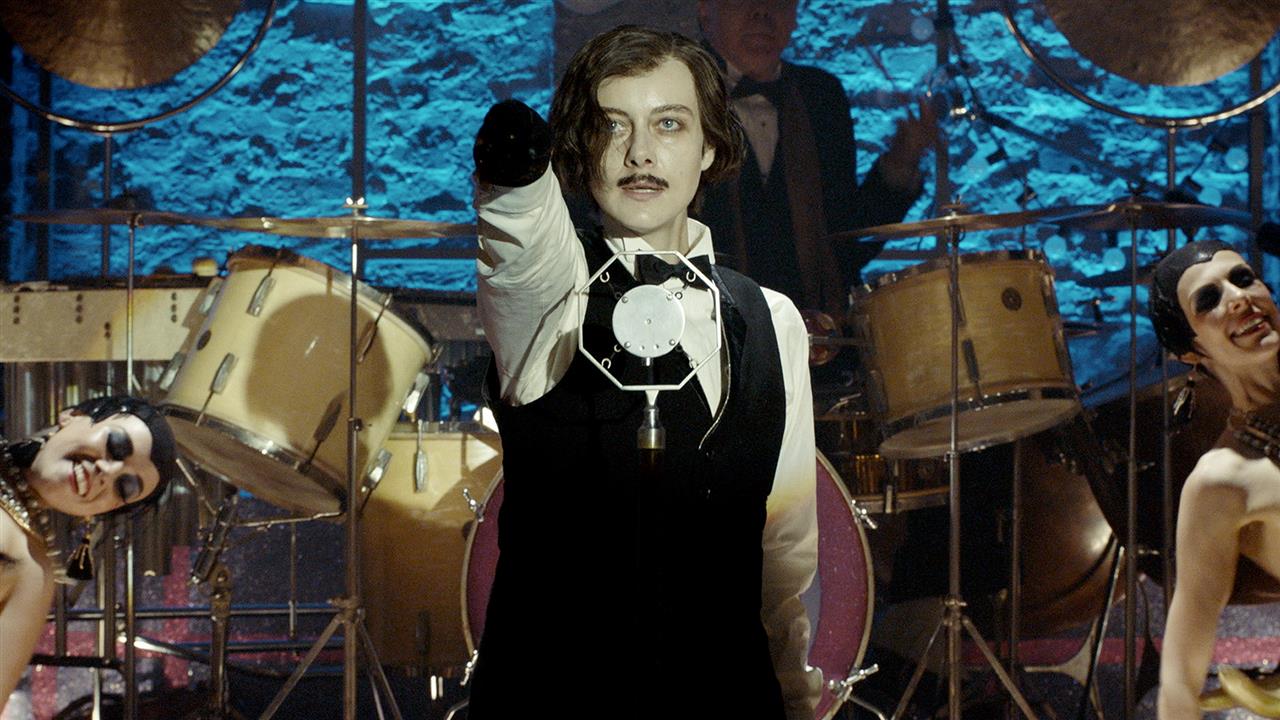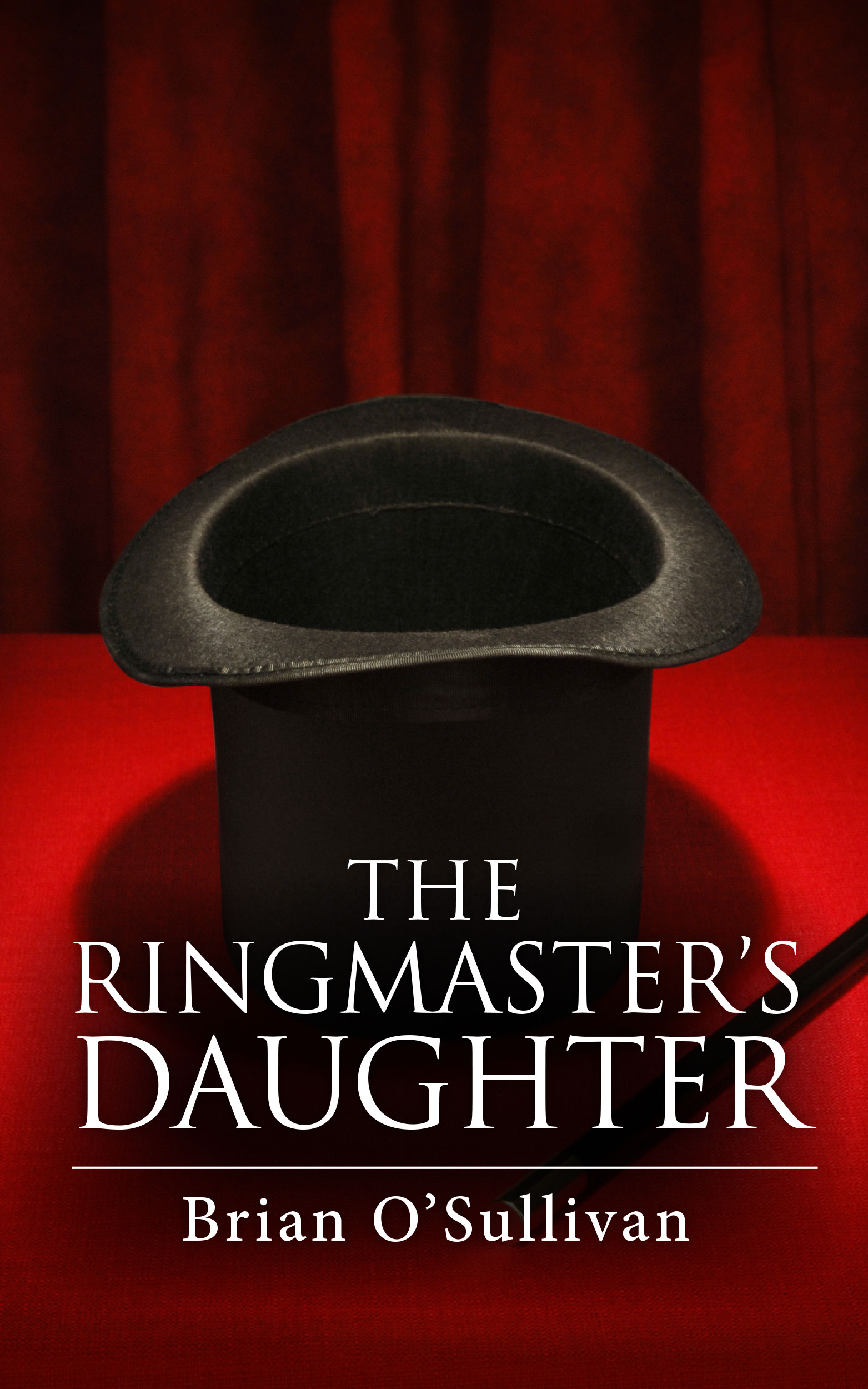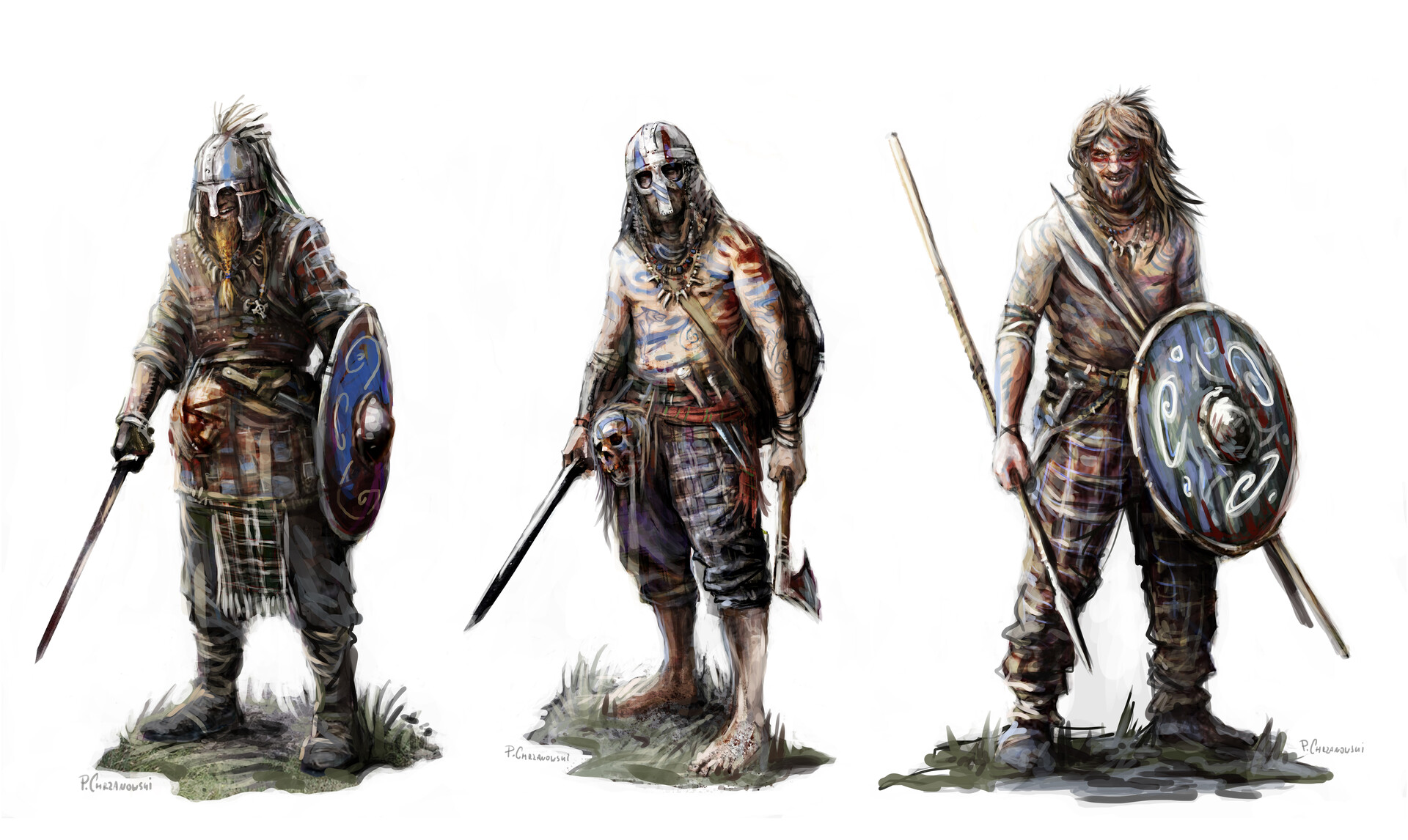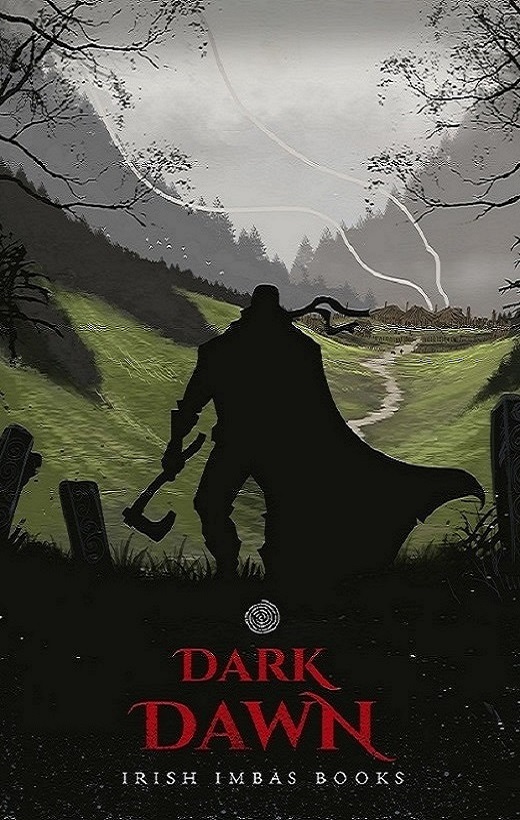
Dia Dhaoibh a Chairde/ Hallo Friends!
Welcome to the launch post for Dark Dawn/An Camhaoir Fuilsmeartha.
Through the image link below you’ll be transferred to an experimental format literary game relating to the ancient Irish Fianaigeacht – Fenian Cycle – tales (and to some of my own Fionn mac Cumhaill Series books).
At heart, it’s the story of a sick warrior who’s convinced – against his better judgement – to try and save a tiny settlement. During the story, that warrior must make decisions – influenced by events in his own life – that can change the outcome.
It’s a very simple story. A very human story.
The game can be experienced through Irish or through English (or both). Naturally, because they’re different languages/cultures, those experiences will differ slightly. When it comes to different cultures, there’s no such thing as a ‘direct translation’.
This project is one I started three years ago as part of Irish Imbas’ ongoing mission to make Gaelic/Irish culture more visible and more understood (and to counter the reams of misinformation relating to Gaelic Irish mythology that pervade the internet). Developed on a shoestring budget, it required a whole new set of skills that I was obliged to learn as I progressed. In that regard, it’s also been something of a labour of love. To be honest, although I’m happy with the final product, I’m also a bit relieved I can finally move onto the next creative project.
Please feel free to share the post with whoever you think might be interested. In fact I’d encourage you to do so as there are still plenty of people out there under the illusiton that Irish/Gaelic is a ‘fantasy’ language. If you’re feeling particularly generous, I’d really appreciate an honest summary of your thoughts/feedback, either through the usual Goodreads review mechanism (here or at the end of the game) or directly by email.
But that’s enough of the intro. It’s time to jump on in. Just click the link through the image below.
Bain sult as! / Enjoy!


















